Home>Articles>How To Store Brown Sugar So It Doesn’t Get Hard
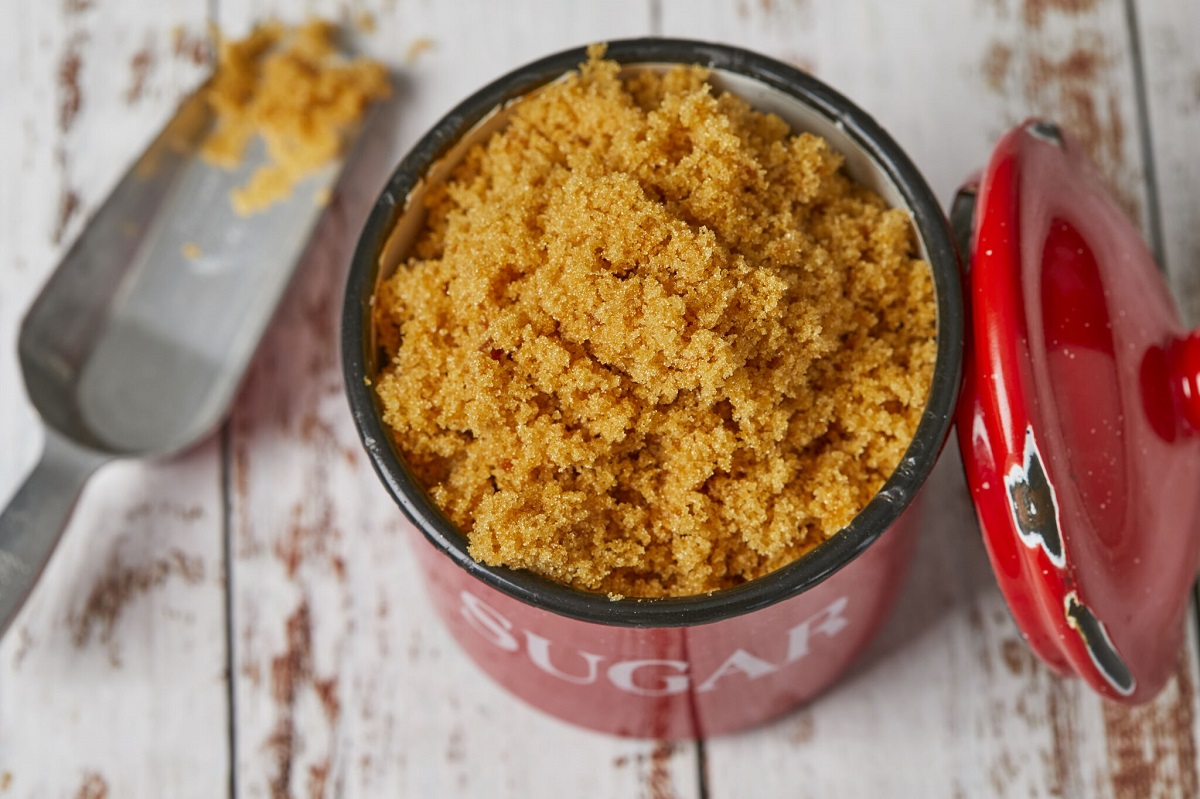

Articles
How To Store Brown Sugar So It Doesn’t Get Hard
Modified: January 19, 2024
Discover effective tips for storing brown sugar to prevent it from hardening and clumping. Read our informative articles now and keep your brown sugar fresh and soft for longer!
(Many of the links in this article redirect to a specific reviewed product. Your purchase of these products through affiliate links helps to generate commission for Storables.com, at no extra cost. Learn more)
Introduction
When it comes to baking, brown sugar is a staple ingredient that adds sweetness, depth, and moisture to a variety of dishes. However, many people have encountered the frustrating problem of brown sugar hardening and becoming clumpy over time. This can make it difficult to measure and incorporate into recipes, leading to less-than-ideal results in the kitchen.
Understanding why brown sugar gets hard is the first step towards finding the best storage solutions to prevent it. Brown sugar contains molasses, which is a natural humidifier. When exposed to air, the moisture in the sugar evaporates, causing it to lose its soft texture and turn into a solid mass.
In this article, we will explore various tips and tricks to store brown sugar properly, ensuring it remains soft and manageable for your baking needs. Whether you’re a seasoned baker or just starting out in the kitchen, these techniques will help you keep your brown sugar fresh and ready to use.
Key Takeaways:
- Keep brown sugar soft by storing it in an airtight container and adding a moisture source like bread or marshmallows. Store in a cool, dark place to prevent hardening.
- Revive hardened brown sugar using the bread method or microwave/oven methods. Use a brown sugar saver or terra cotta disc to maintain softness and moisture.
Read more: How To Store Dark Brown Sugar
Why Does Brown Sugar Get Hard?
Have you ever reached for a bag of brown sugar, only to find it hardened into a solid brick? This common issue occurs due to the hygroscopic nature of brown sugar. Hygroscopic materials have a tendency to attract and retain moisture from their surroundings. Brown sugar contains molasses, which is a natural humectant. It absorbs moisture from the air, causing it to clump and harden over time.
When brown sugar is exposed to air, the moisture in the sugar gradually evaporates, leaving behind dry crystals. As the moisture content decreases, the sugar loses its soft texture and transforms into a hardened mass. The more air exposure it receives, the faster it will harden.
Additionally, factors such as temperature fluctuations and improper storage can contribute to the hardening of brown sugar. Fluctuations in temperature can cause condensation and affect the humidity levels, facilitating the hardening process. Likewise, storing brown sugar in a humid environment or failing to seal it properly can accelerate the loss of moisture and lead to clumping and hardening.
It’s important to note that while hardened brown sugar is safe to consume, its texture makes it challenging to measure accurately and incorporate into recipes. Therefore, learning how to prevent and properly store brown sugar is essential for maintaining its quality and usability.
Tips for Storing Brown Sugar
Proper storage is key to keeping your brown sugar soft, moist, and ready to use. These tips will help you prevent clumping and hardening, ensuring that your brown sugar remains in its optimal condition:
- Keep It in an Airtight Container: The key to preventing moisture loss is to store brown sugar in an airtight container. Transfer the sugar to a resealable plastic bag, airtight container, or a glass jar with a tight-fitting lid. This will help to seal in the moisture and keep the sugar soft.
- Add a Moisture Source: To maintain the moisture content in your brown sugar, you can add a moisture source. Place a slice of bread, a marshmallow, a few apple slices, or a terra cotta disc in the container with the brown sugar. These items will release moisture and help to keep the sugar soft.
- Store in a Cool and Dark Place: Heat and light can cause brown sugar to harden more quickly. Store the container in a cool, dark place, such as a pantry or cupboard away from direct sunlight or heat sources like the stove or oven. This will help to preserve the sugar’s moisture and prevent clumping.
- Use a Brown Sugar Saver or Terra Cotta Disc: Brown sugar savers or terra cotta discs are specially designed to keep brown sugar soft. Soak the saver or disc in water for a few minutes, pat it dry, and then place it in the container with the sugar. It will release moisture slowly, keeping the brown sugar soft over time.
- Try the Bread Method: If your brown sugar has hardened, you can revive it by using the bread method. Place a piece of hardened brown sugar in a sealed plastic bag with a slice of fresh bread. Let it sit for a few hours or overnight, and the moisture from the bread will transfer to the sugar, softening it once again.
- Revive Hardened Brown Sugar: If you need to use hardened brown sugar immediately and don’t have time for the bread method, you can try a quick fix. Place the hardened sugar in a microwave-safe bowl, cover it with a damp paper towel, and microwave it for 20 to 30 seconds. The moisture from the towel will help to soften the sugar.
By following these storage tips, you can prevent your brown sugar from hardening and ensure that it stays soft and ready to use for all your baking and cooking needs.
Keep It in an Airtight Container
One of the simplest and most effective ways to prevent brown sugar from hardening is to store it in an airtight container. This ensures that minimal air, moisture, and humidity can enter the container, helping to maintain the sugar’s soft texture and prevent clumping.
When choosing an airtight container, there are a few options to consider:
- Resealable Plastic Bag: Transfer your brown sugar to a resealable plastic bag, squeezing out any excess air before sealing it tightly. This method is convenient and affordable, and the bag can easily fit into a pantry or cupboard.
- Airtight Container: You can also use a plastic or glass container with a tight-fitting lid, specifically designed to keep contents fresh. Make sure the lid creates a strong seal to prevent air from entering the container.
- Glass Jar: Another option is to transfer the brown sugar to a glass jar with a clamp-top or airtight lid. Glass jars not only keep the sugar fresh but also allow you to see its texture and quantity at a glance.
Regardless of the container you choose, it’s crucial to ensure that it is clean and dry before adding the brown sugar. Any moisture present in the container can contribute to clumping and make it easier for the sugar to harden.
To further protect your brown sugar, you can place the airtight container inside a larger container or zip-top bag for added protection against air and moisture.
Remember to seal the container tightly each time you use the brown sugar, and avoid leaving it open for extended periods. By keeping your brown sugar in an airtight container, you can prolong its freshness and maintain its soft, pliable texture for longer.
Add a Moisture Source
If you want to prevent brown sugar from hardening and keep it soft and moist, adding a moisture source to the storage container can make a significant difference. These sources help to provide and retain moisture, creating a microenvironment that keeps the sugar soft and pliable.
Here are a few moisture sources you can use:
- Slice of Bread: Place a slice of fresh bread in the container with the brown sugar. Bread is known for its ability to retain moisture, and it will slowly release that moisture over time into the sugar, keeping it soft and preventing hardening. Replace the slice of bread every few weeks to ensure continued effectiveness.
- Marshmallow: Marshmallows are made with a high amount of moisture, making them an excellent option for keeping brown sugar soft. Simply add a few marshmallows to the storage container, and their moisture will help to prevent clumping and hardening. Replace the marshmallows as needed.
- Apple Slices: Another natural moisture source is apple slices. The high water content of apples can create a humid environment in the container, preventing brown sugar from drying out. Place a few apple slices in the container with the sugar and replace them periodically to maintain their moisture-releasing properties.
- Terra Cotta Disc: A terra cotta disc is a specially designed clay disk that can help to keep brown sugar soft. Soak the disc in water for a few minutes, pat it dry to remove any excess water, and then place it in the container with the sugar. The terra cotta will slowly release moisture, preventing clumping and maintaining the sugar’s freshness.
When using a moisture source, it’s important to monitor it regularly and replace it when it becomes dry or loses its effectiveness. This will ensure that the sugar continues to stay soft and pliable for a longer period of time.
By adding a moisture source to your brown sugar storage container, you can create a humidity-controlled environment that helps to prevent clumping and maintain the sugar’s desirable texture.
Store brown sugar in an airtight container with a slice of bread or a terra cotta brown sugar saver to keep it from hardening. The bread or terra cotta will help to maintain the moisture in the sugar.
Read more: How To Store Light Brown Sugar
Store in a Cool and Dark Place
The storage location of your brown sugar can significantly impact its ability to stay soft and prevent hardening. The key is to store it in a cool and dark place, away from direct sunlight and heat sources. Here’s why:
Avoiding Heat: Heat is one of the main culprits behind the hardening of brown sugar. When exposed to warmth, the moisture content in the sugar evaporates more quickly, leading to clumping and solidification. Therefore, it’s crucial to keep brown sugar away from heat sources in the kitchen, such as stoves and ovens.
Direct Sunlight: Direct sunlight can have a similar effect as heat, as it generates warmth and can accelerate moisture loss. Exposure to sunlight can also cause temperature fluctuations, condensation, and overall humidity changes, making it unfavorable for preserving the sugar’s softness.
Best Storage Locations: Optimal storage locations for brown sugar include pantries, cabinets, or cupboards that are cool and dark. These areas in your kitchen provide a stable temperature and low light levels, which promote better preservation of the sugar’s moisture content.
If you have limited space in your kitchen, consider using airtight containers or storage jars that are opaque or have dark-tinted glass. This helps to block out any potential sunlight and protect the sugar from excess heat.
It’s essential to note that extreme temperature changes can also affect the texture and moisture content of brown sugar. Avoid storing the sugar near appliances that generate heat, such as dishwashers or refrigerators, as these can cause temperature fluctuations that may contribute to hardening.
By storing your brown sugar in a cool and dark place, you create an environment that preserves its moisture content and minimizes the risk of clumping and hardening. This simple step can go a long way in maintaining the quality and usability of your brown sugar.
Use a Brown Sugar Saver or Terra Cotta Disc
If you frequently use brown sugar and want a reliable solution for keeping it soft, using a brown sugar saver or terra cotta disc can be a game-changer. These specialized tools help to retain moisture and prevent the sugar from hardening. Here’s how they work:
Brown Sugar Saver: A brown sugar saver is a small, food-safe clay or terracotta stone that you soak in water and then place in your brown sugar container. The stone gradually releases moisture, creating a humid microenvironment within the container. This moisture helps to keep the sugar soft and prevents it from clumping or hardening. To use a brown sugar saver, simply soak it in water for 15 minutes, pat it dry to remove excess moisture, and place it in the container with the sugar.
Terra Cotta Disc: Similar to a brown sugar saver, a terra cotta disc is a specially designed clay disk that helps to maintain the moisture content in brown sugar. You can soak the disc in water for a few minutes, pat it dry to remove any excess water, and then place it in the container with the sugar. The terra cotta slowly releases moisture, keeping the sugar soft and preventing it from turning into a solid mass.
Both brown sugar savers and terra cotta discs are reusable and can last for several years with proper care. To keep them effective, you should occasionally re-soak them in water to refresh their moisture-releasing properties.
Using a brown sugar saver or terra cotta disc eliminates the need for other moisture sources, such as bread or marshmallows, as they provide a consistent and reliable way to keep your brown sugar soft. These tools are especially useful if you store larger quantities of brown sugar or if you live in a particularly dry climate where sugar tends to harden more quickly.
Investing in a brown sugar saver or terra cotta disc can save you from the frustration of dealing with hardened brown sugar. These simple yet effective solutions ensure that your brown sugar stays soft and ready to use, making your baking experiences more enjoyable.
Try the Bread Method
If you find yourself with hardened brown sugar and need to soften it quickly, the bread method is a tried-and-true solution. This straightforward technique utilizes the moisture-retaining properties of bread to revive your brown sugar. Here’s how to do it:
- First, remove the hardened brown sugar from its container and place it in a microwave-safe bowl.
- Grab a slice of fresh bread, preferably white or wheat bread, and tear it into small pieces.
- Moisten the torn bread slightly with water. You want it to be damp but not saturated.
- Place the damp bread pieces into the bowl with the hardened brown sugar.
- Cover the bowl with a microwave-safe plate or a microwave-safe lid to trap the moisture.
- Microwave the bowl on low power for 20 to 30 seconds. This gentle heat will encourage the moisture from the damp bread to transfer to the sugar.
- Once the time is up, carefully remove the bowl from the microwave and check the consistency of the brown sugar. If it has softened to your liking, it’s ready to use. If it needs more time, you can continue microwaving in short intervals until it reaches the desired softness.
- After softening the brown sugar, make sure to remove the bread pieces from the container before storing it again. Leaving the bread in the sugar can promote mold growth and compromise its texture.
The bread method is a quick fix to soften hardened brown sugar in a pinch. However, it’s important to note that this method is only intended for immediate use. For long-term prevention of brown sugar hardening, it’s best to follow the other storage tips mentioned in this article.
Remember, prevention is key, so strive to store your brown sugar properly to avoid the need for the bread method in the first place. But if you do encounter hardened brown sugar, the bread method is a handy solution to salvage it and get back to your baking endeavors.
Revive Hardened Brown Sugar
If you discover that your brown sugar has become hardened and unusable, don’t worry! There are a few methods you can try to revive it and bring it back to its soft, pliable state. With a little patience and the right technique, your hardened brown sugar can be transformed. Here’s how:
- The Microwave Method: Place the hardened brown sugar in a microwave-safe bowl. Cover it with a damp paper towel, ensuring that the paper towel is not touching the sugar directly. Microwave the bowl on high power for 20 to 30 seconds. The moisture from the damp towel will transfer to the sugar, softening it. Check its texture, and if it’s still hard, repeat the process in short intervals until it reaches the desired softness.
- The Oven Method: Preheat your oven to 250°F (120°C). Place the hardened brown sugar in an oven-safe dish and cover it with aluminum foil. Bake the sugar for about 5 minutes. Check its texture, and if it’s not soft enough, continue baking in 1-minute increments until it softens. Be careful not to overheat the sugar, as it can melt or caramelize.
- The Moisture Method: If you have time, you can use a more gradual method to revive your brown sugar. Place the hardened sugar in a sealable plastic bag with a slice of fresh bread or a dampened piece of terra cotta. Seal the bag and let it sit for a few hours or overnight. The moisture from the bread or terra cotta will slowly transfer to the sugar, softening it over time.
After reviving your brown sugar, it’s important to store it properly to prevent it from hardening again. Follow the storage tips mentioned earlier in this article, such as storing it in an airtight container and adding a moisture source.
Keep in mind that the revived brown sugar may still be slightly drier than when it was originally purchased. To prevent any further hardening, use it as soon as possible or consider adding a moisture source to the storage container to maintain its softness.
With these methods, you can rescue your hardened brown sugar and ensure that it remains usable for your delicious baked goods and recipes.
Read more: How To Store Brown Sugar Syrup
Conclusion
Properly storing brown sugar is crucial in keeping it soft, preventing clumping, and ensuring its usability in your baking endeavors. By following these tips, you can maintain the quality and texture of your brown sugar:
- Keep it in an airtight container to minimize moisture loss and air exposure.
- Add a moisture source such as bread, marshmallows, or terra cotta discs to retain moisture and prevent hardening.
- Store brown sugar in a cool and dark place, away from direct sunlight and heat sources.
- Consider using a brown sugar saver or terra cotta disc to create a humid microenvironment.
- If your brown sugar hardens, try the bread method or use the microwave or oven method to revive it.
With these techniques, you can enjoy the convenience of soft and pliable brown sugar whenever you need it for your culinary creations.
Remember to regularly check and refresh your storage methods to ensure optimal conditions for your brown sugar. It’s important to monitor the moisture content and maintain a clean and dry storage environment to prevent any mold or moisture-related issues.
Whether you’re an avid baker or occasional cook, implementing these storing tips will help you keep your brown sugar fresh, soft, and ready to use every time. Say goodbye to the frustration of hardened brown sugar and say hello to perfectly sweet and moist baked goods!
Frequently Asked Questions about How To Store Brown Sugar So It Doesn't Get Hard
Was this page helpful?
At Storables.com, we guarantee accurate and reliable information. Our content, validated by Expert Board Contributors, is crafted following stringent Editorial Policies. We're committed to providing you with well-researched, expert-backed insights for all your informational needs.
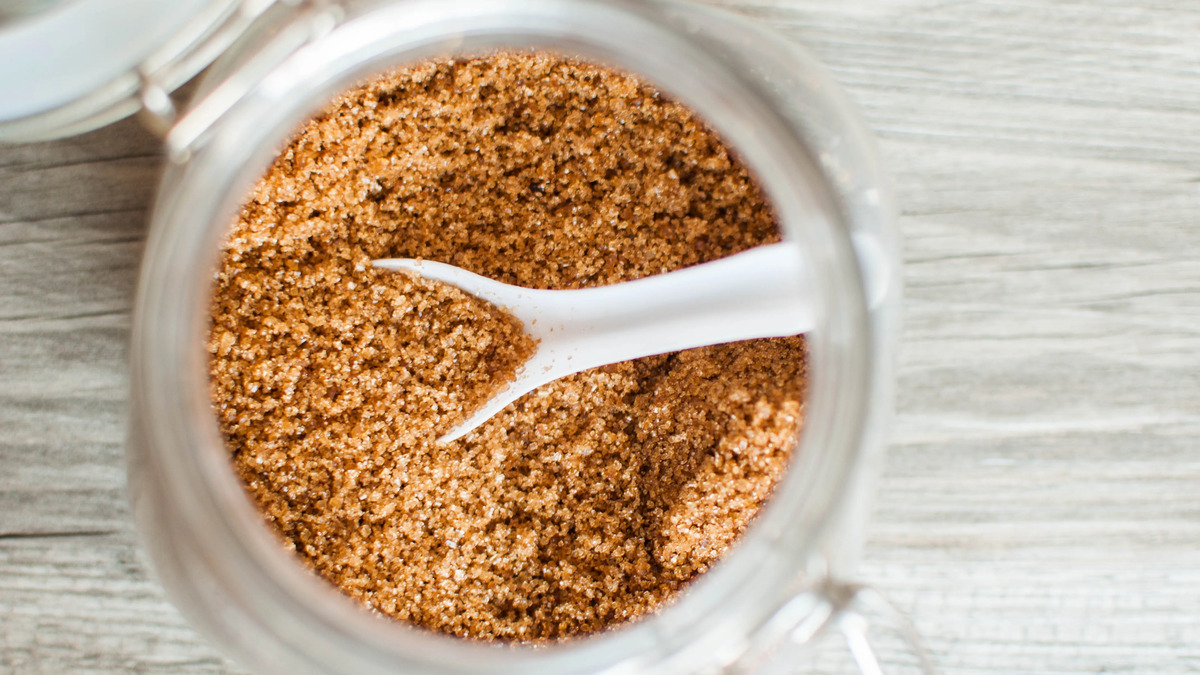
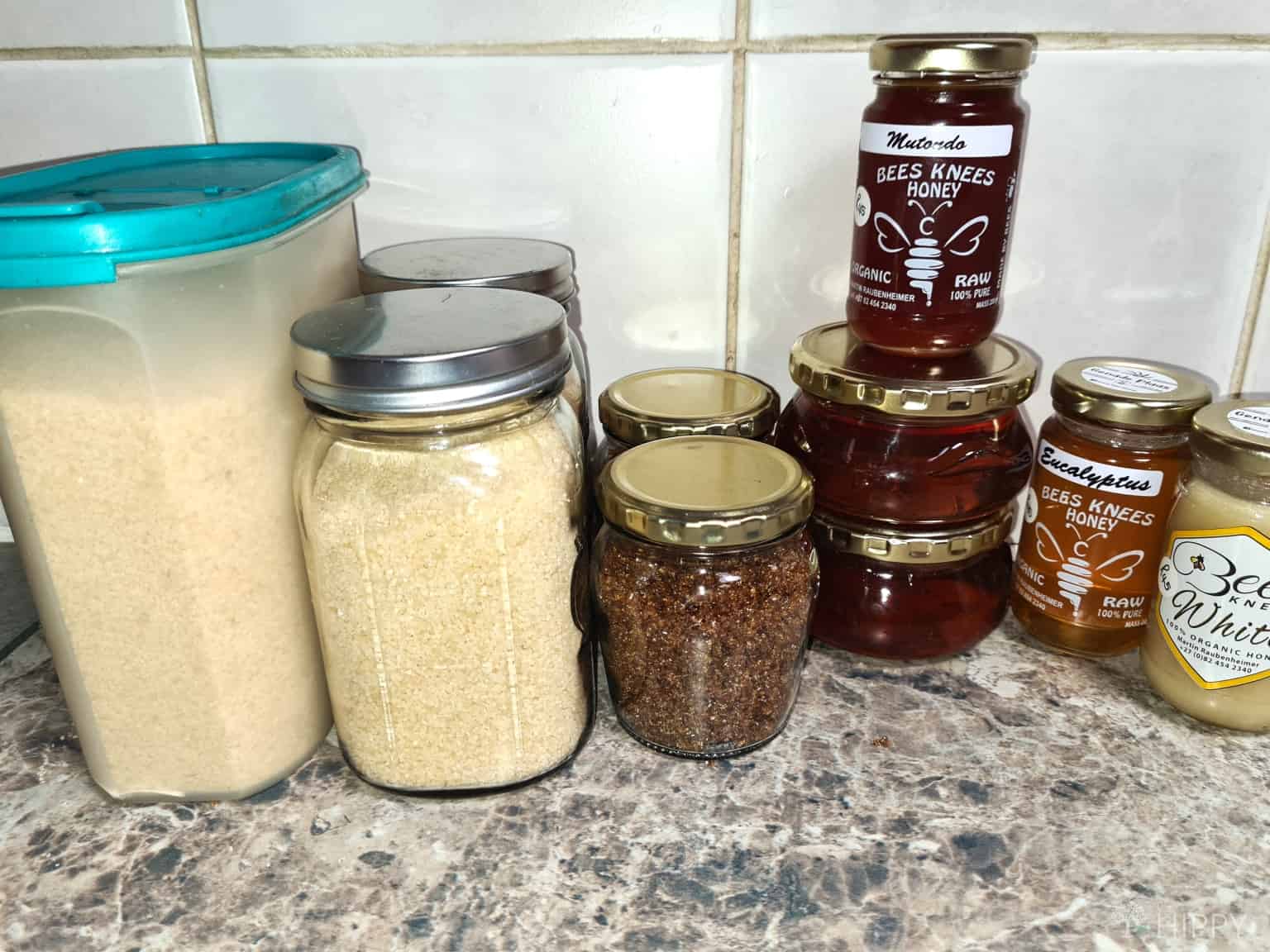
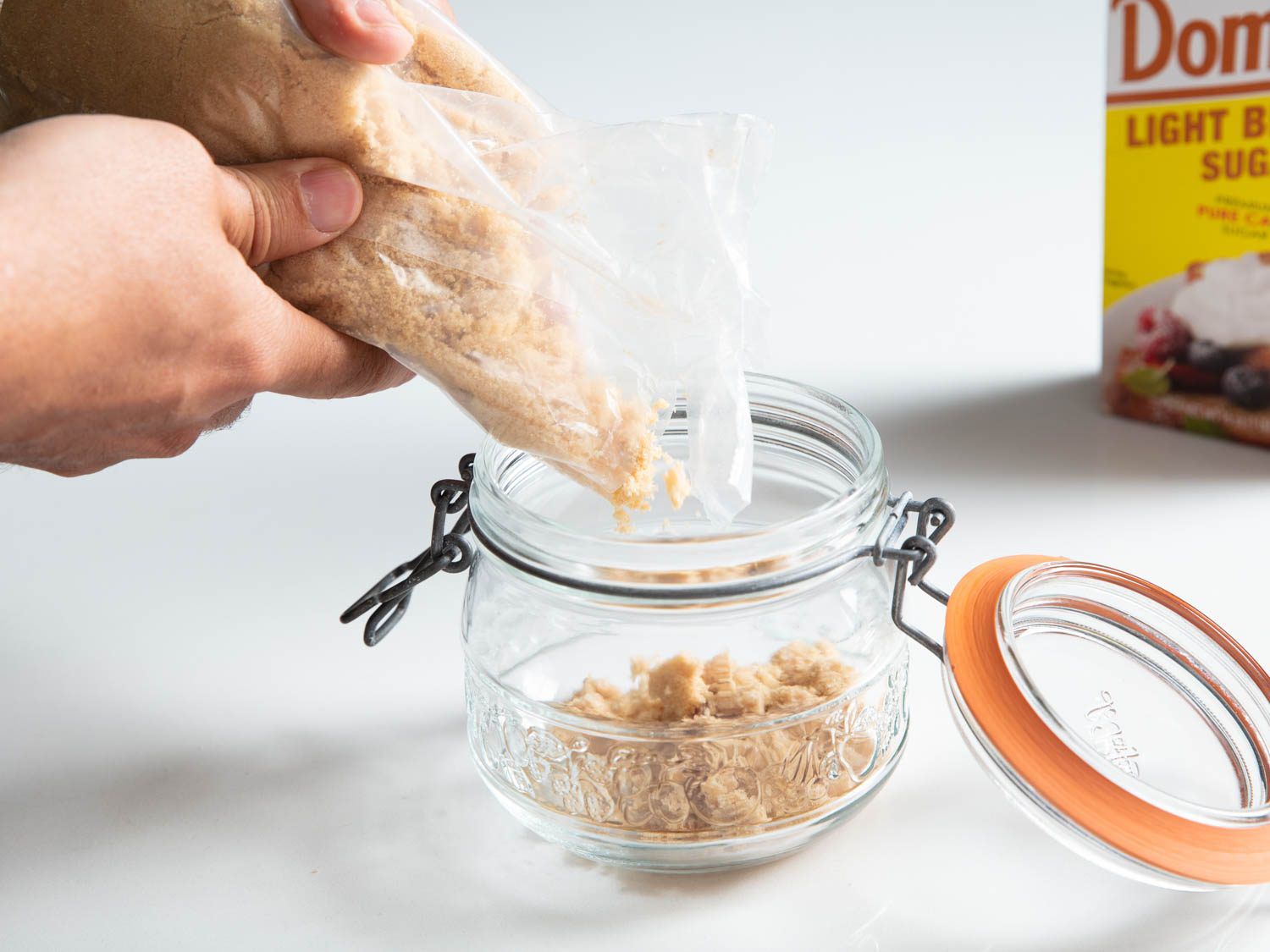
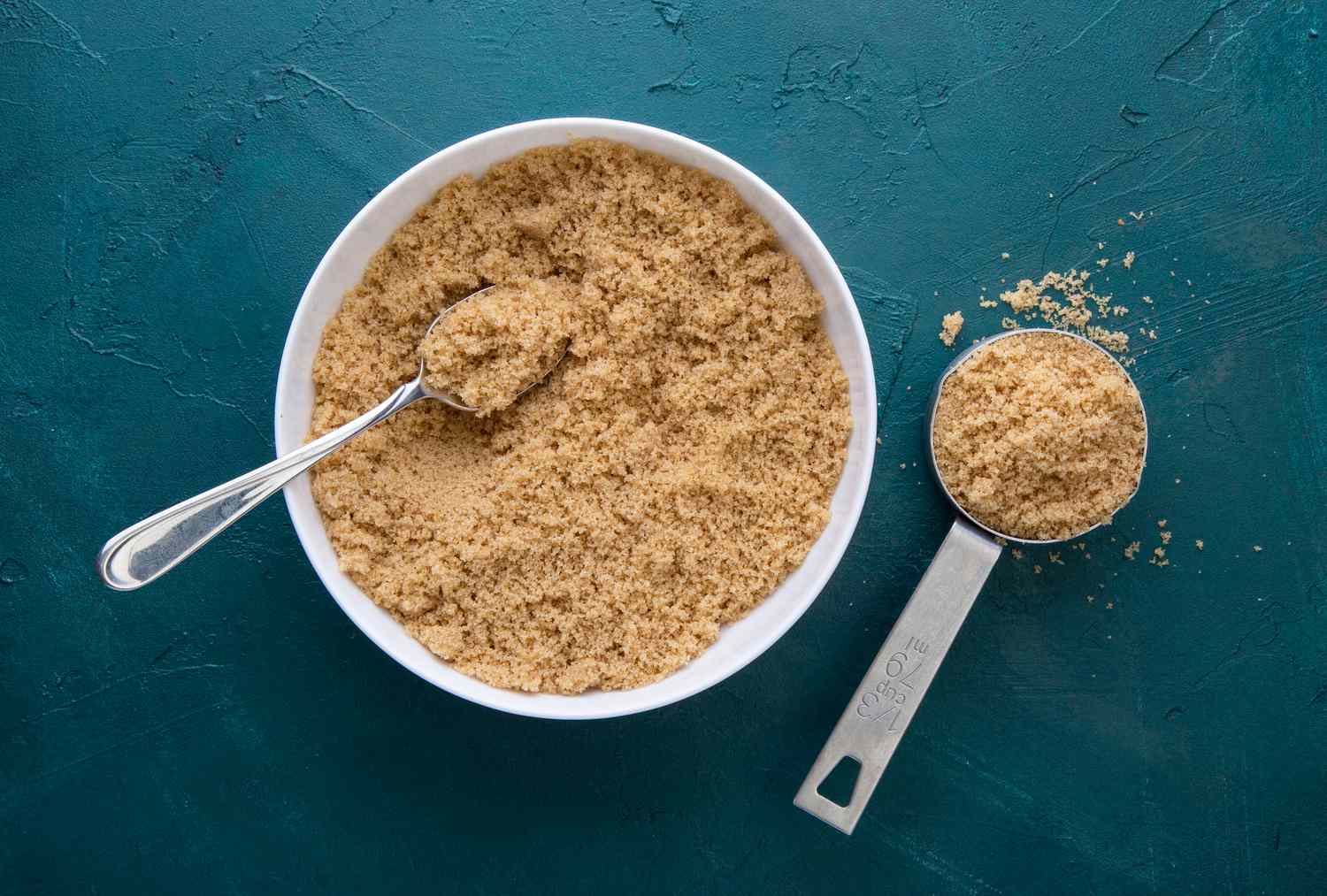
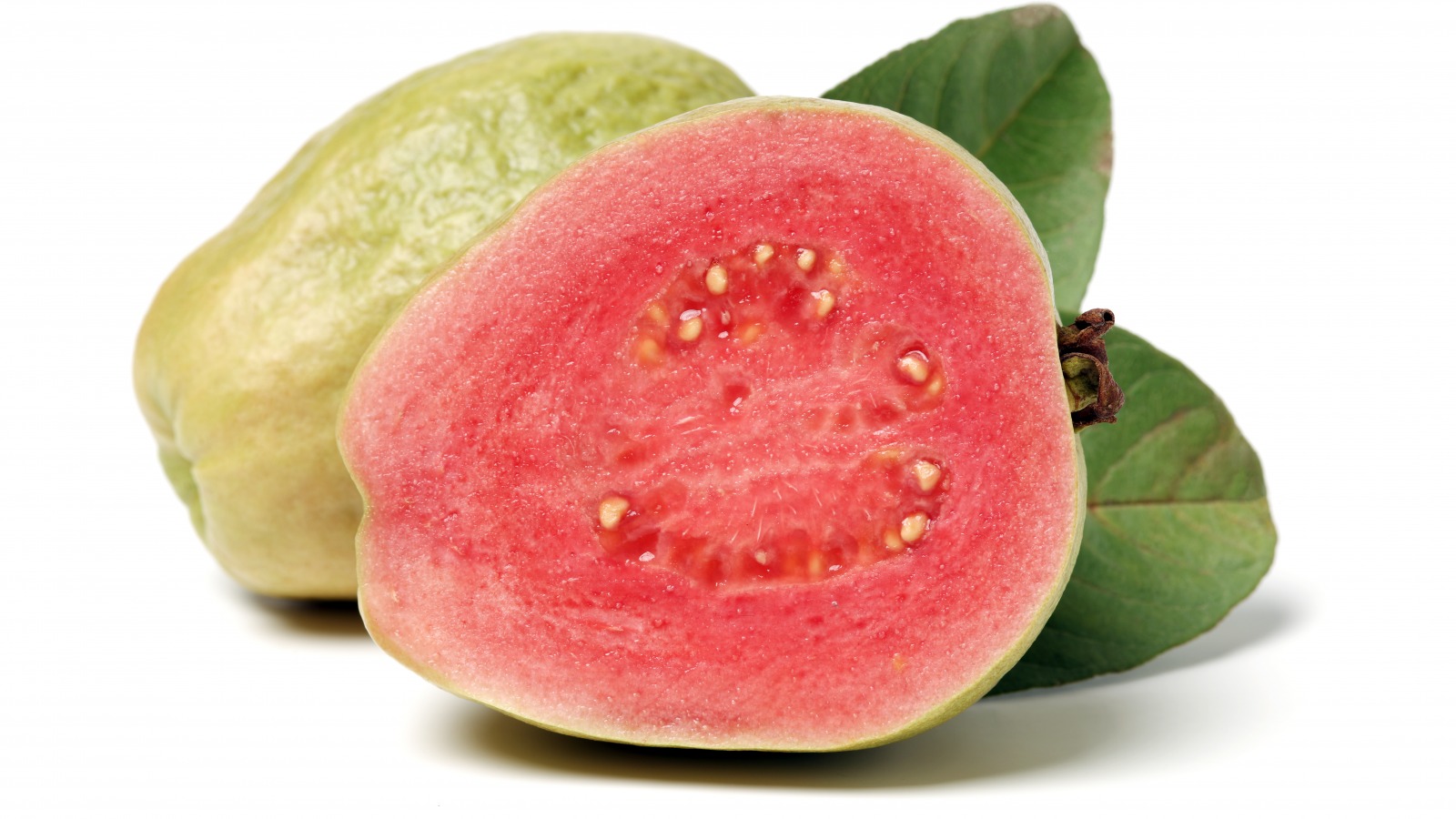
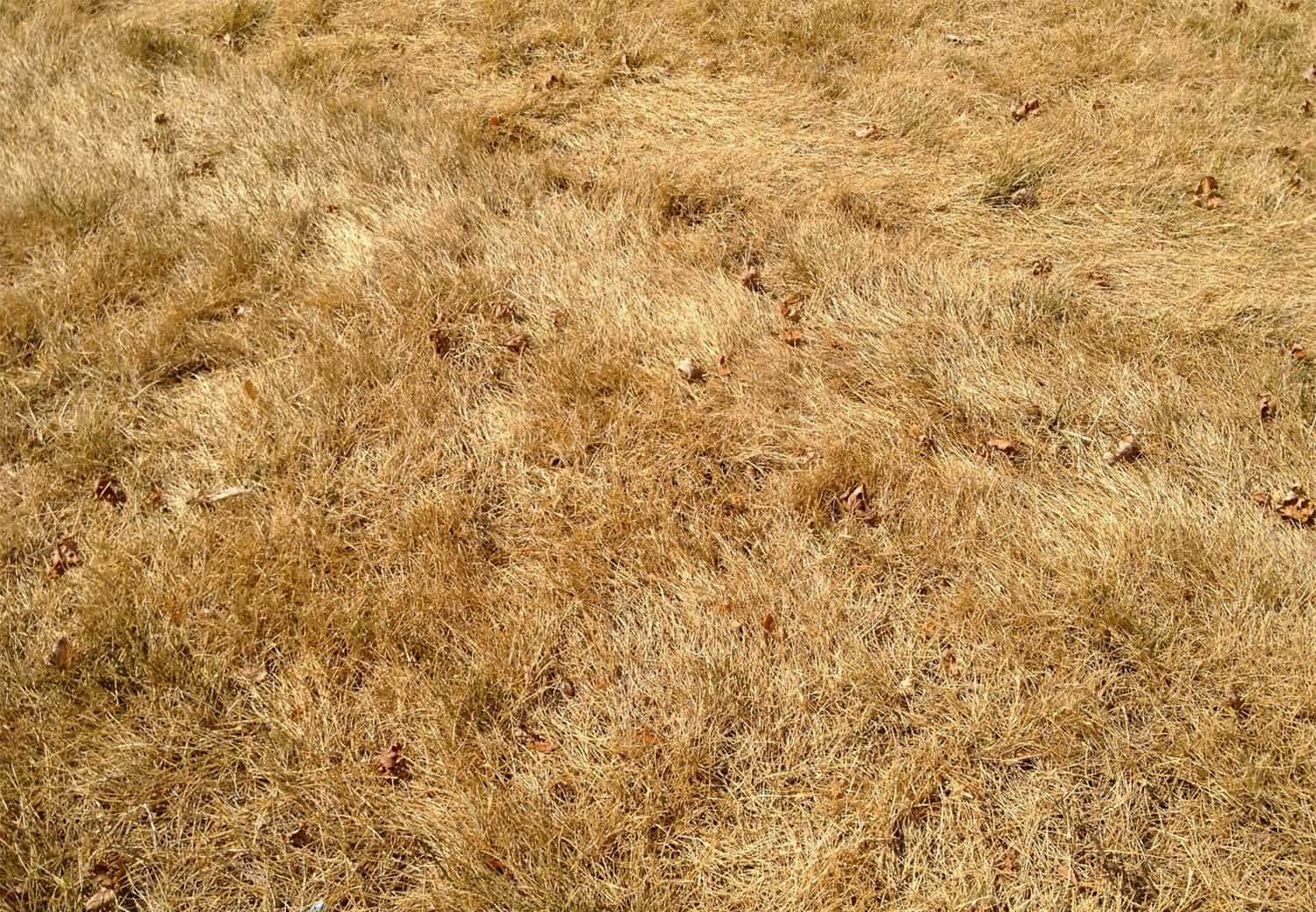
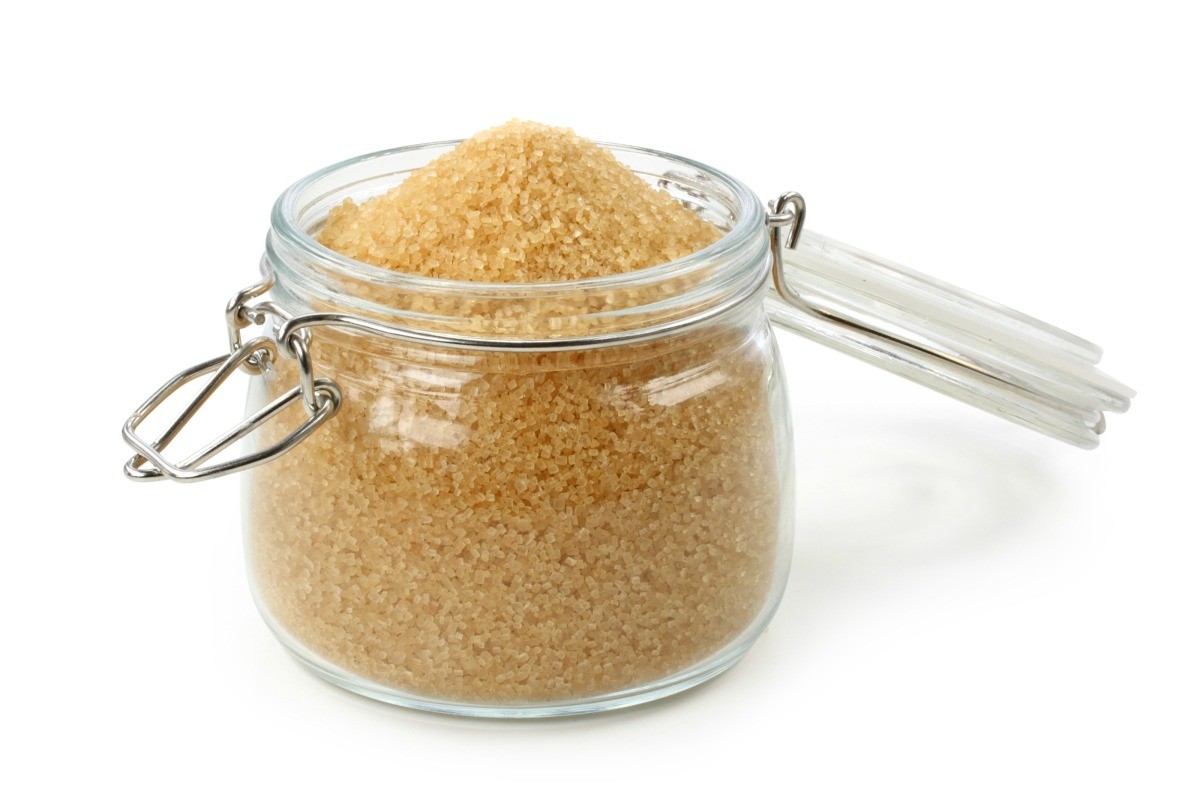

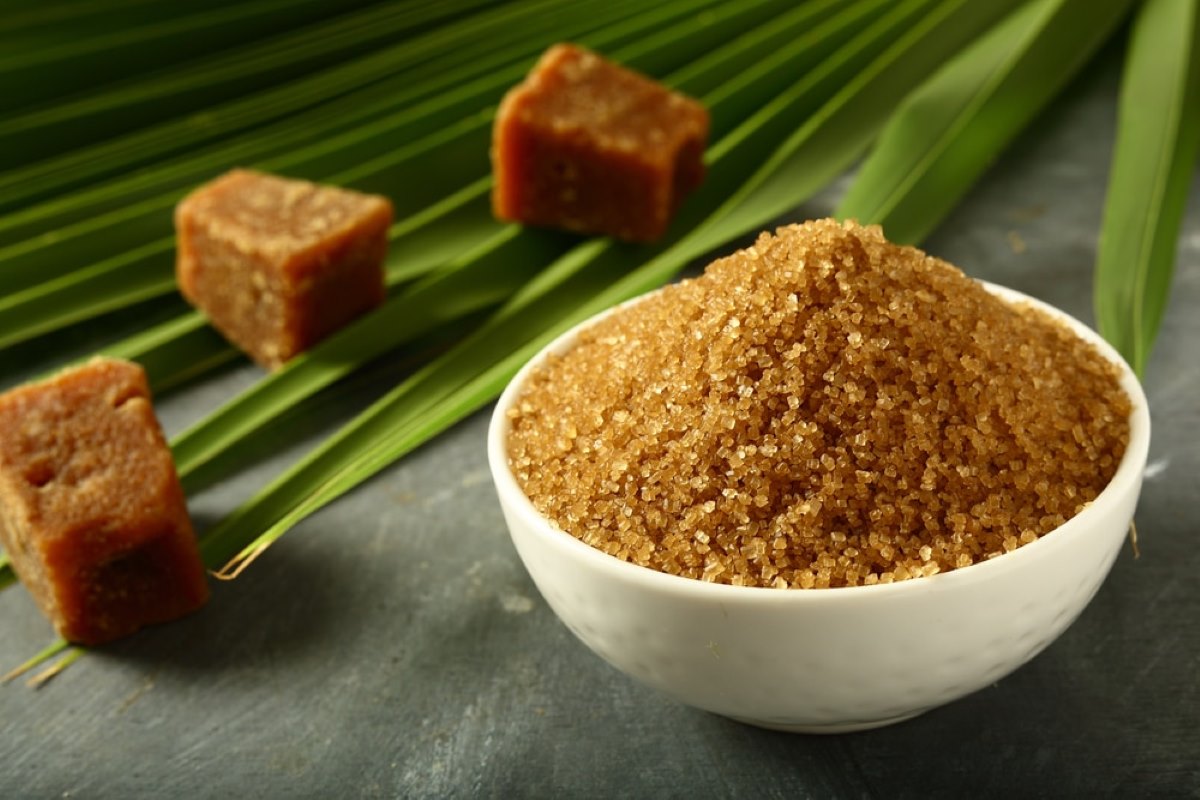
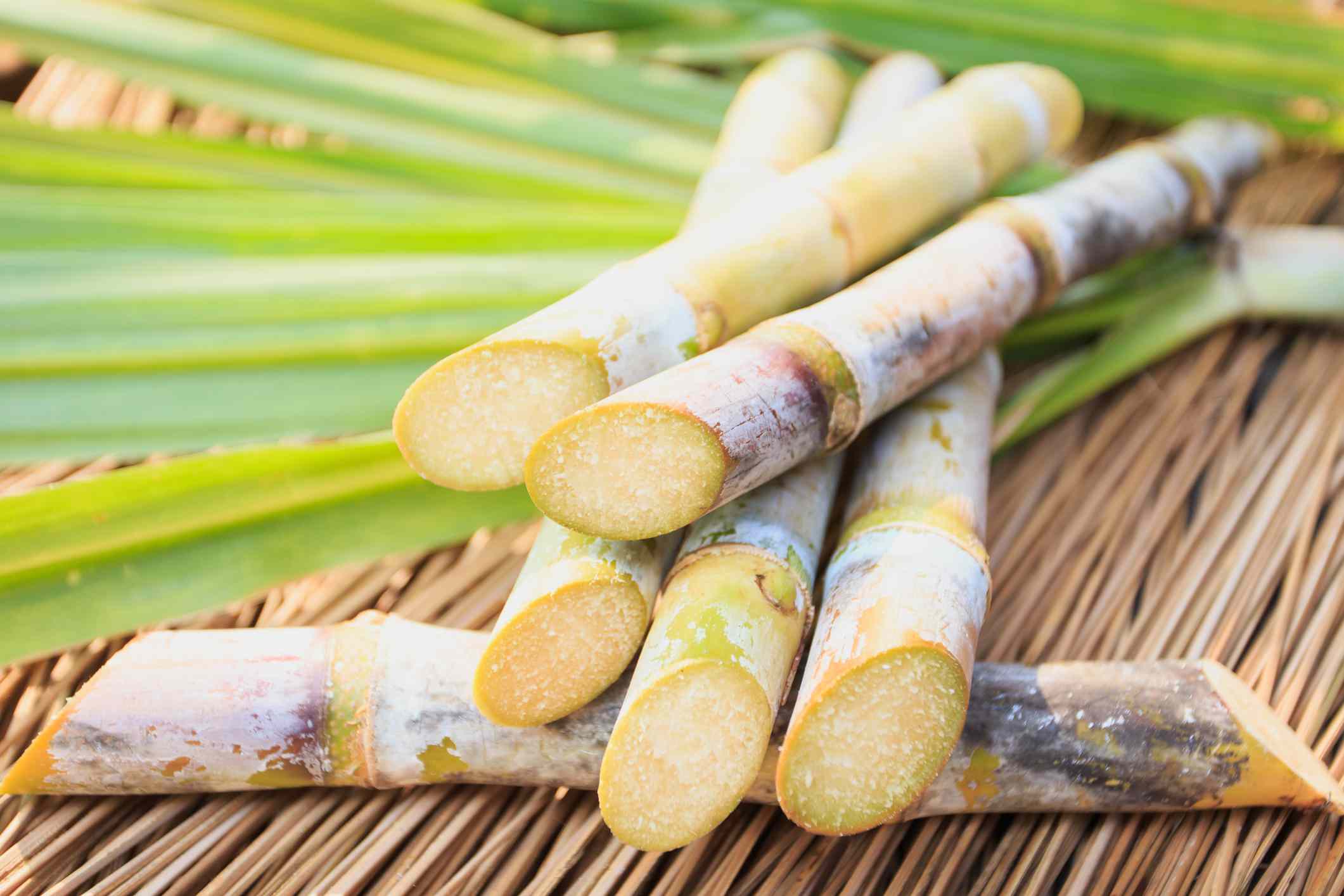
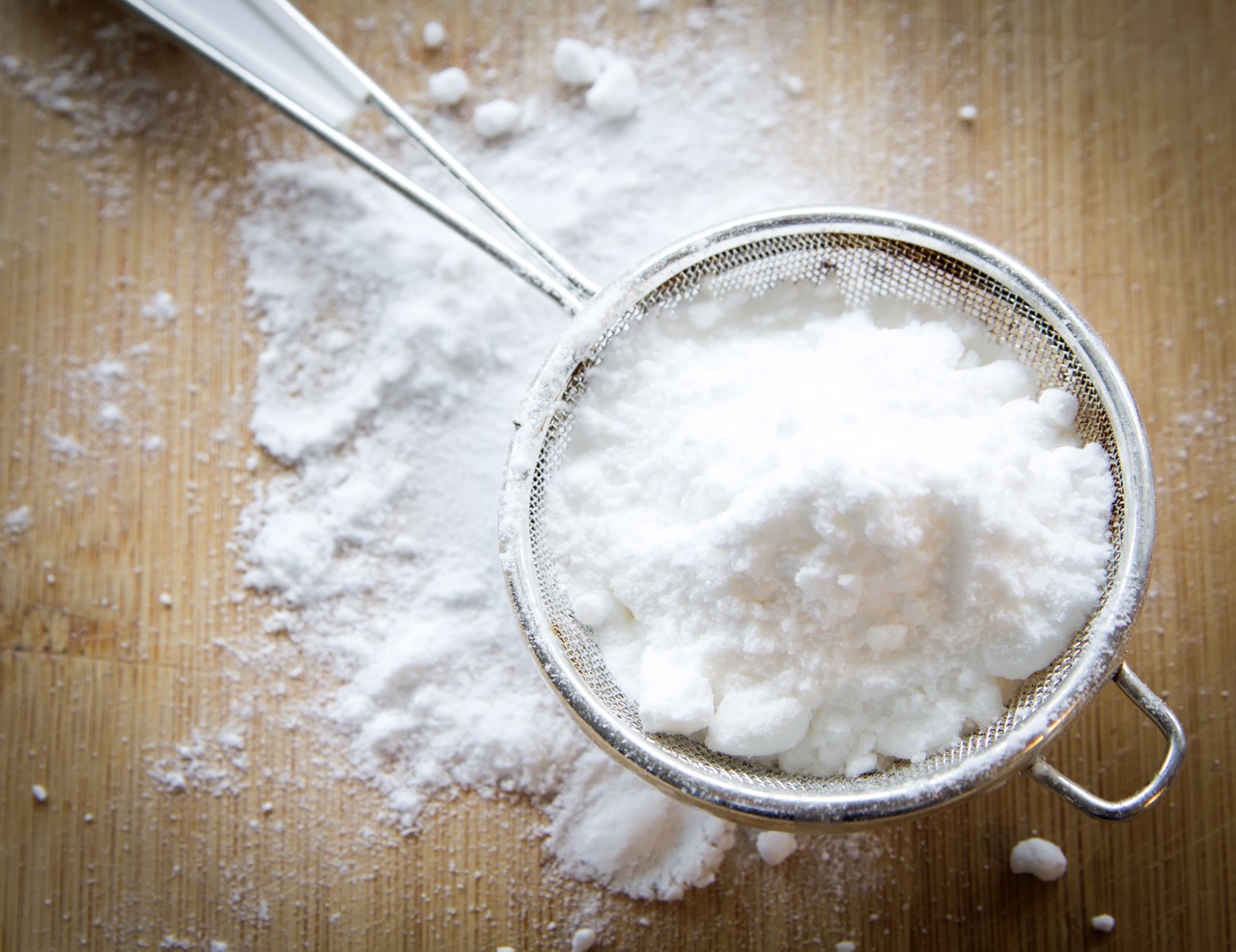
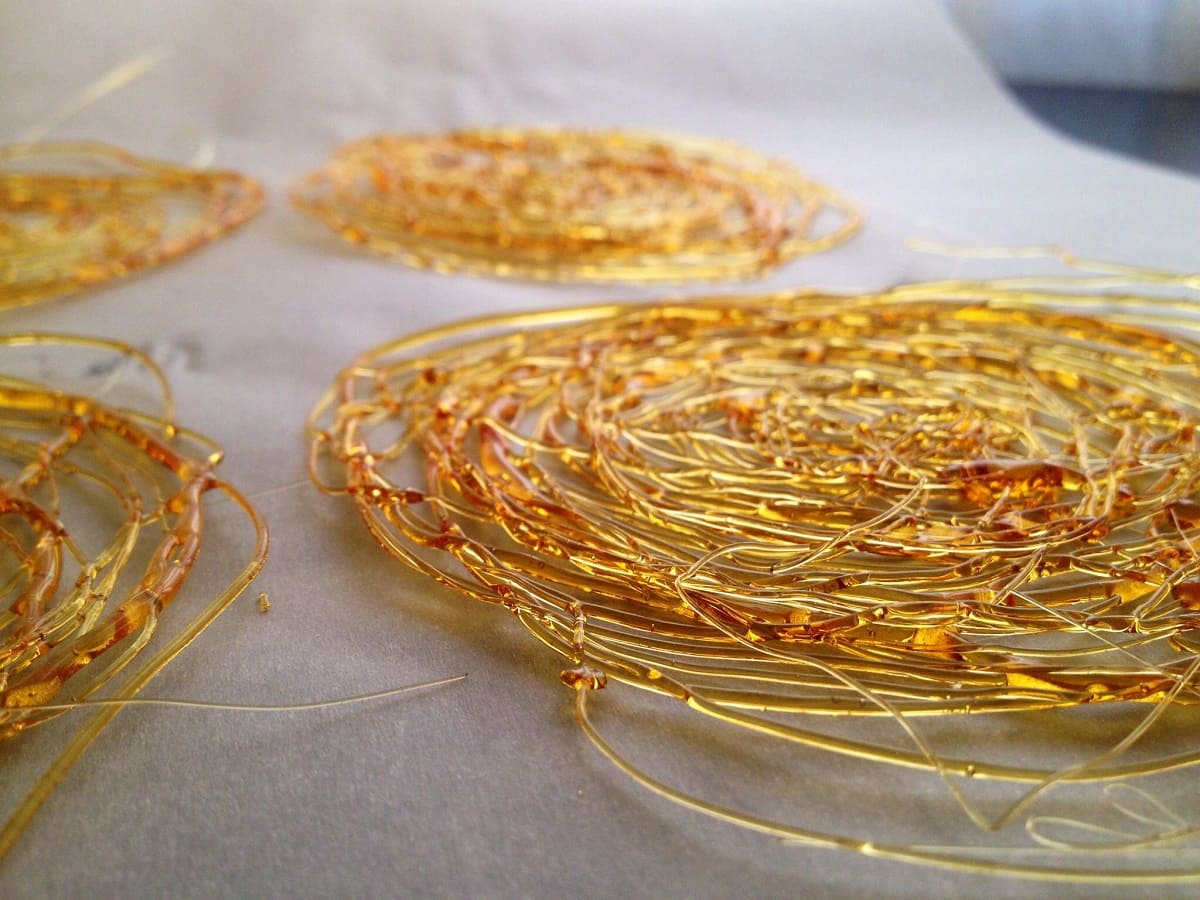
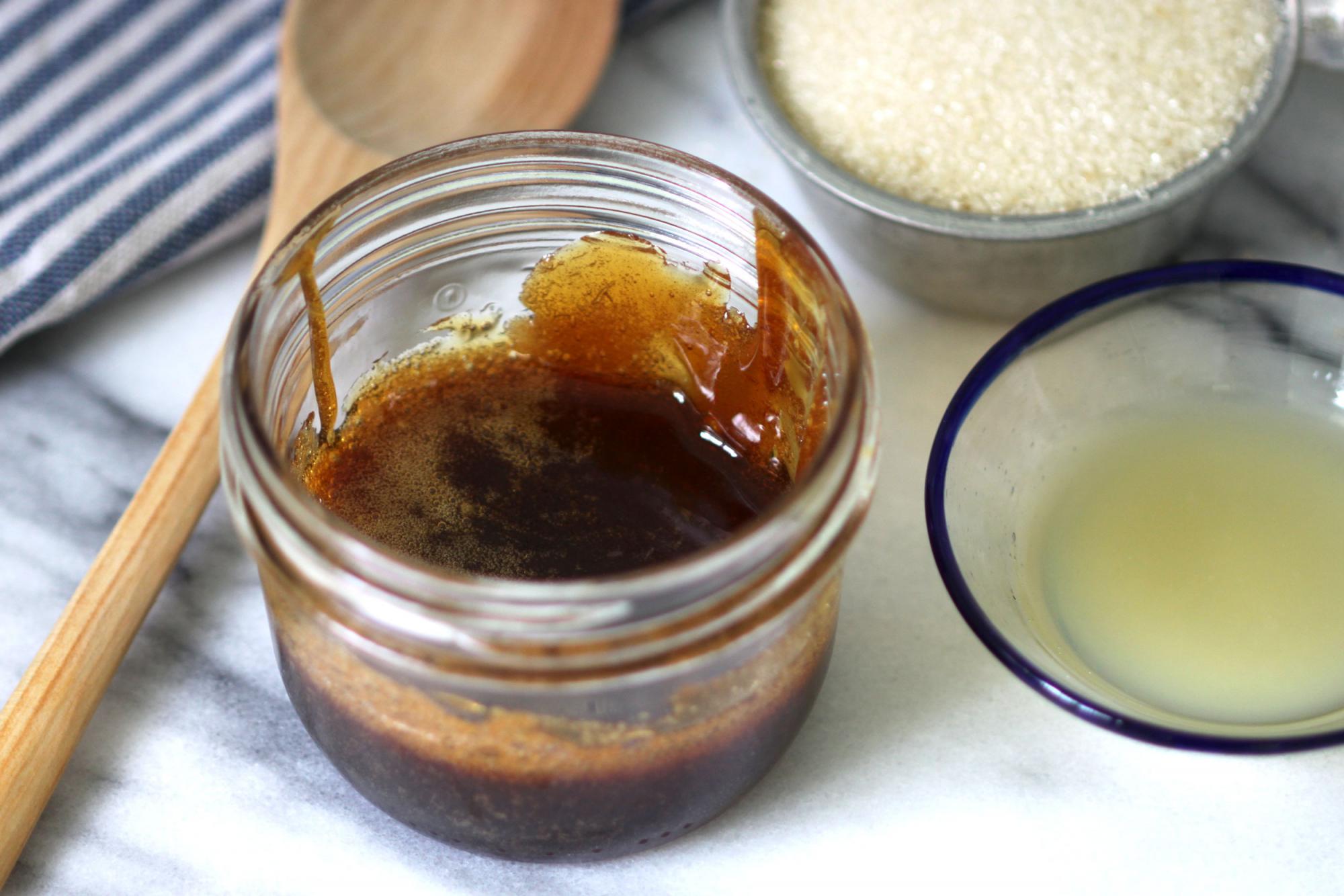

0 thoughts on “How To Store Brown Sugar So It Doesn’t Get Hard”